In the time of ancient Russia, people wanted evil to do not fall into their homes, luck accompanied at every step, and their relatives were healthy. They believed that special dolls would help them. But what are the fuzzles in Russia? Who trusted their own Slavs?
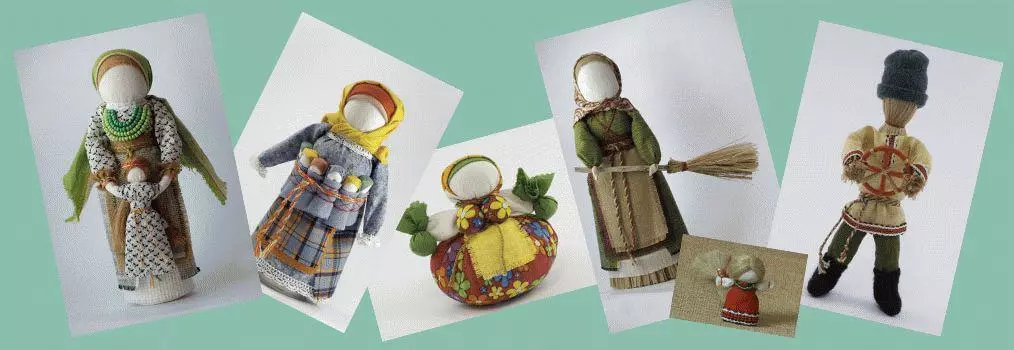
From the history
Ancient Russia until the baptism of the famous paganism. The man worshiped various gods, performed magical rituals, believed in the house, evil spirits and other evil spirits.Find out what awaits you today - a horoscope for today for all zodiac signs
By numerous subscribers requests, we have prepared an accurate horoscope application for a mobile phone. Forecasts will come for your zodiac sign every morning - it is impossible to miss!
Download free: Horoscope for every day 2020 (Available on Android)
During this period, people began to resort to protective magic. Special magic herbs dried and braided items. The main leaders were women who were engaged in all this. They also made overlapped dolls.
Creating a doll was an interesting and long-term process. First, the woman washed and combed, reading conspiracies. Then he sat down to make a faith. Most often made dolls to people's or family holidays, as they believed that the evil spirits were walking at this time, and the family needs protection.
By tradition, the first doll was created by a girl at 11 years old. It was a test before marriage on suitability. Good dolls left for dowry.
What were the dolls?
Slavic overlap dolls were to protect the house and family from the unclean and evil eyes, keep health, family hearth and treat from diseases, to fulfill desires, help on the economy, urge good luck and do an inseparable connection between mother and child. Puppet had a lot.
Each woman has manufactured their individual dolls, but the rites and principles of creation were common. Dolls were made of fabric, tree, straw and thread. All of them were urged to help and protect the family and the house.
Fabric dolls
Doll Motanka
The doll symbolizes female wisdom, motherhood and home hearth. She was manufactured when someone from his relatives were sick, the disease in the doll was stuck. Then the conspiracy was read, and the doll was burned.Also, the Motank was used as an overlap. He read a plot of a doll during the manufacturing process. The kukla-guard did not knit and did not sew. Fabric flaps were wound on a solid cruciform basis.
Doll clash
The doll was also called Beregin. The charm was supposed to protect the house from evil spirits and disasters, to keep family and life. The doll helped in childbirth. Did it from old dresses.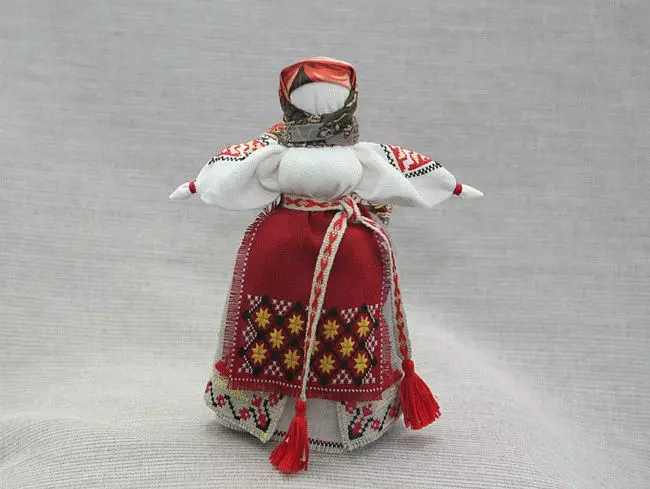
Doll Zalemane
The doll was supposed to fulfill the cherished dream of a girl. Making a wubble, a woman should have thought about his dream, and then present a doll to the gift. There was beads, flowers, dress or bow. It was necessary to store the overag doll so that no one saw her.
Dolls Loves
Such a doll was made before the wedding and gave the young. Two dolls, a man and a woman were connected. Obereg was urged to keep love and family, protect against the evil and damage. The doll was not prepared by the bride, but was taken as a gift from the guest.
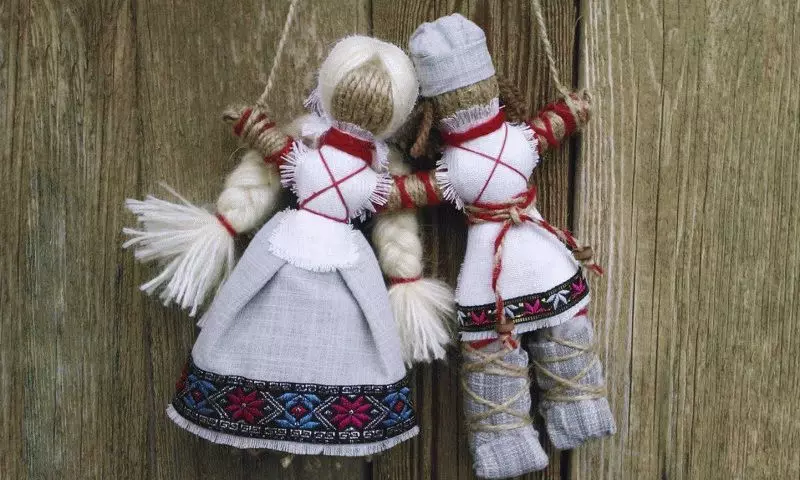
Doll herbal
The doll was stuffed with healing and fragile herbs. The smell from the doll created a pleasant atmosphere in the house, flavored the air, did not let into the house of ill-wishers and distilled off the evil spirits. In addition, the doll could be put under the pillow with a sick person so that herbs healed him.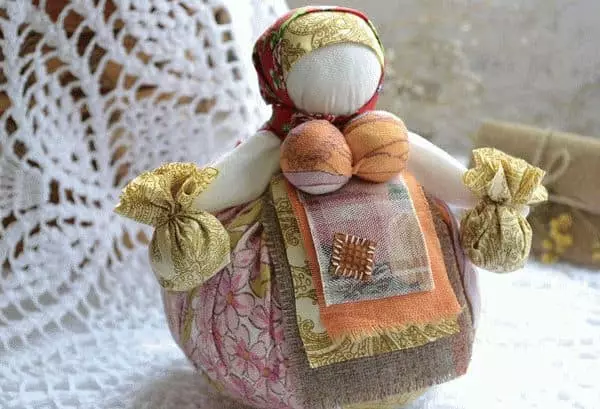
Doll master
The charm was manufactured to protect the connection between the mother and the child. Woman made a big and little dolls herself. Their hands were single, symbolizing inseparably and communications.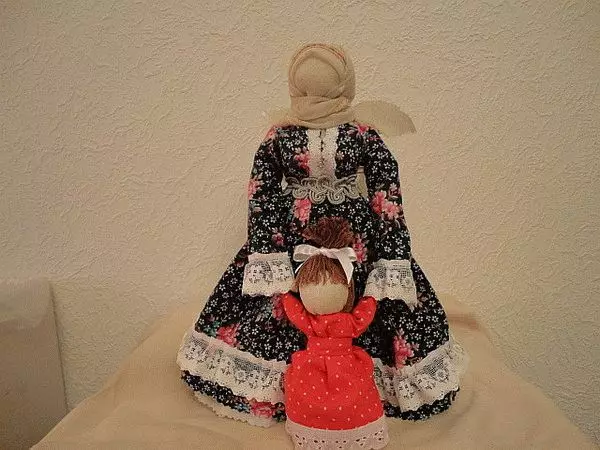
Doll Successman
The doll is one of the types of Motanka. She symbolized success and good luck. The charm was made from the new fabric and many decorations. The successman was obtained by a state and beautiful doll.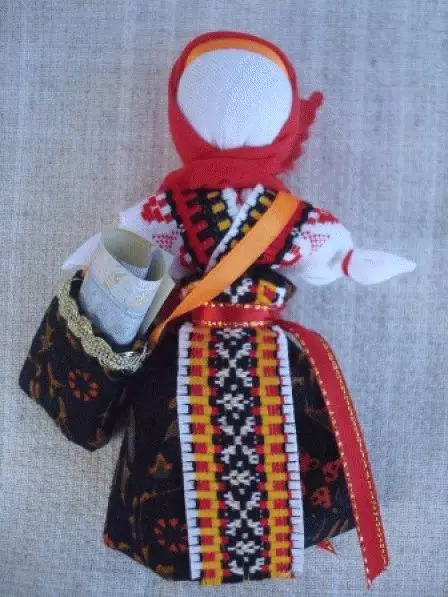
Doll Tithyer
Obereg had ten hands. He helped at the farm. A woman who was mother and wife easily coped with cotton troubles.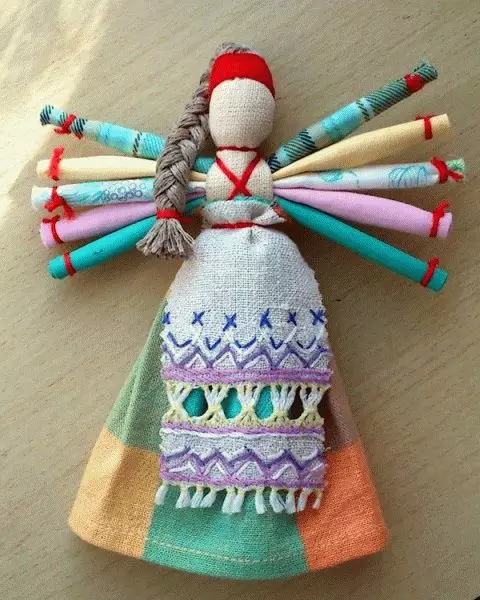
Doll bell
Doll-Obereg was urged to cure diseases. Slavs believed that the bell ringing could do it. In addition, the doll attracted good news and created a good mood. Three bright skirts were put on the doll.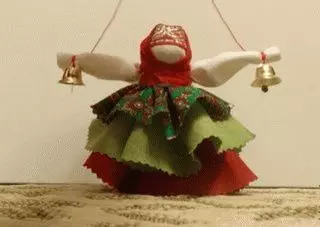
Doll Pelhenashka
Little doll resembled baby in diapers. The future mother has been made of charm at the end of pregnancy. The fabric was taken from clothes that was on the mother. The chain should have been lying in the crib until the birth of the baby, filling her. In addition, the Obereg doll kept the baby from diseases and evil eyes.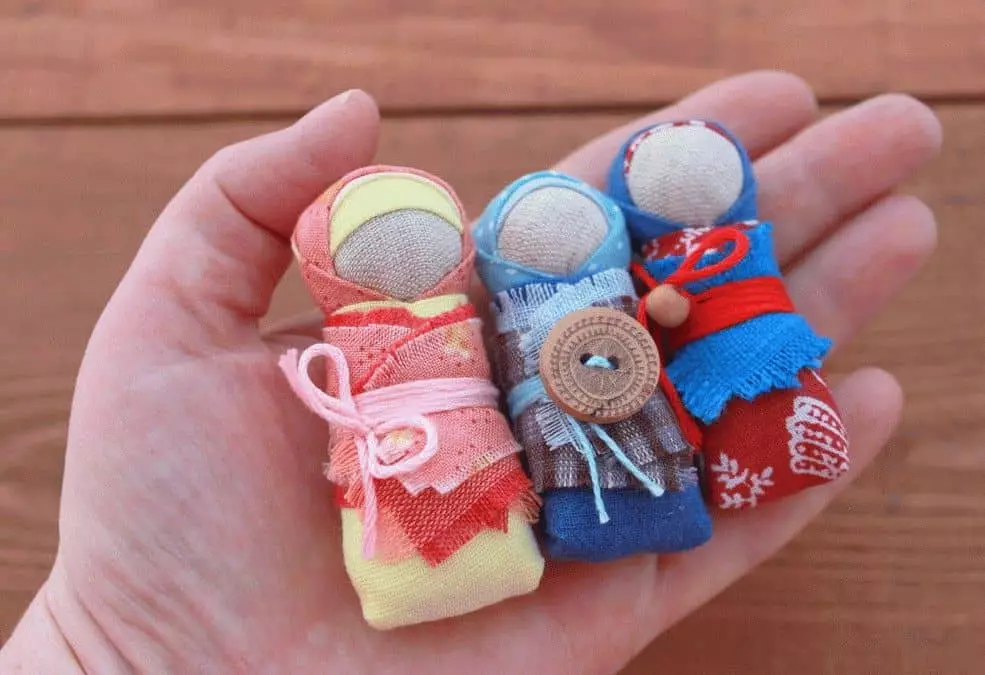
Bribe doll
The doll is a symbol of the satiety and well-being of the family. She also called a grain or a pea. She was filled with different grains, which was not enough, also put a coin into it. Grech symbolized satiety, rice - expensive and rare croup, oats - power and health.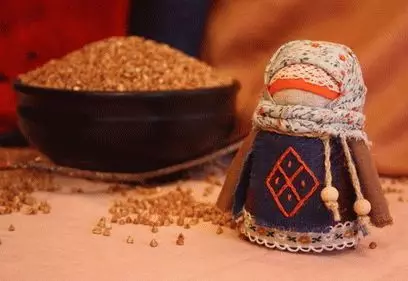
Straw dolls
From straw made spirits or animals that had to guard the house. To the decoration of the house or lash is carefully attached. It was believed that they solved family problems and returned health. They also made dolls hex for helping home.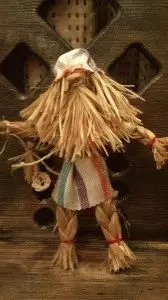
Thread dolls
Threads, like fabric for winding dolls, took bright colors. The wubbles served as the protection of the house, put in the corners of the hut, and also taken on the road. The doll served as a twin who took trouble and evil eye.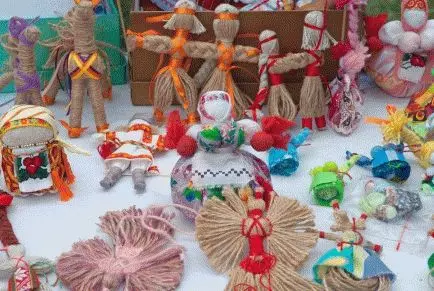
General principles for creating a doll
- Making a doll-charm, did not take scissors and needles. The fabric pumped up with his hands, twisted it and fixed threads and nodules, which are even quantity.
- Dolls were made without persons.
- Bright fabrics and threads were used. There was a lot of red, which was considered magic protection.
- The woman performed the rite alone and the rest.
